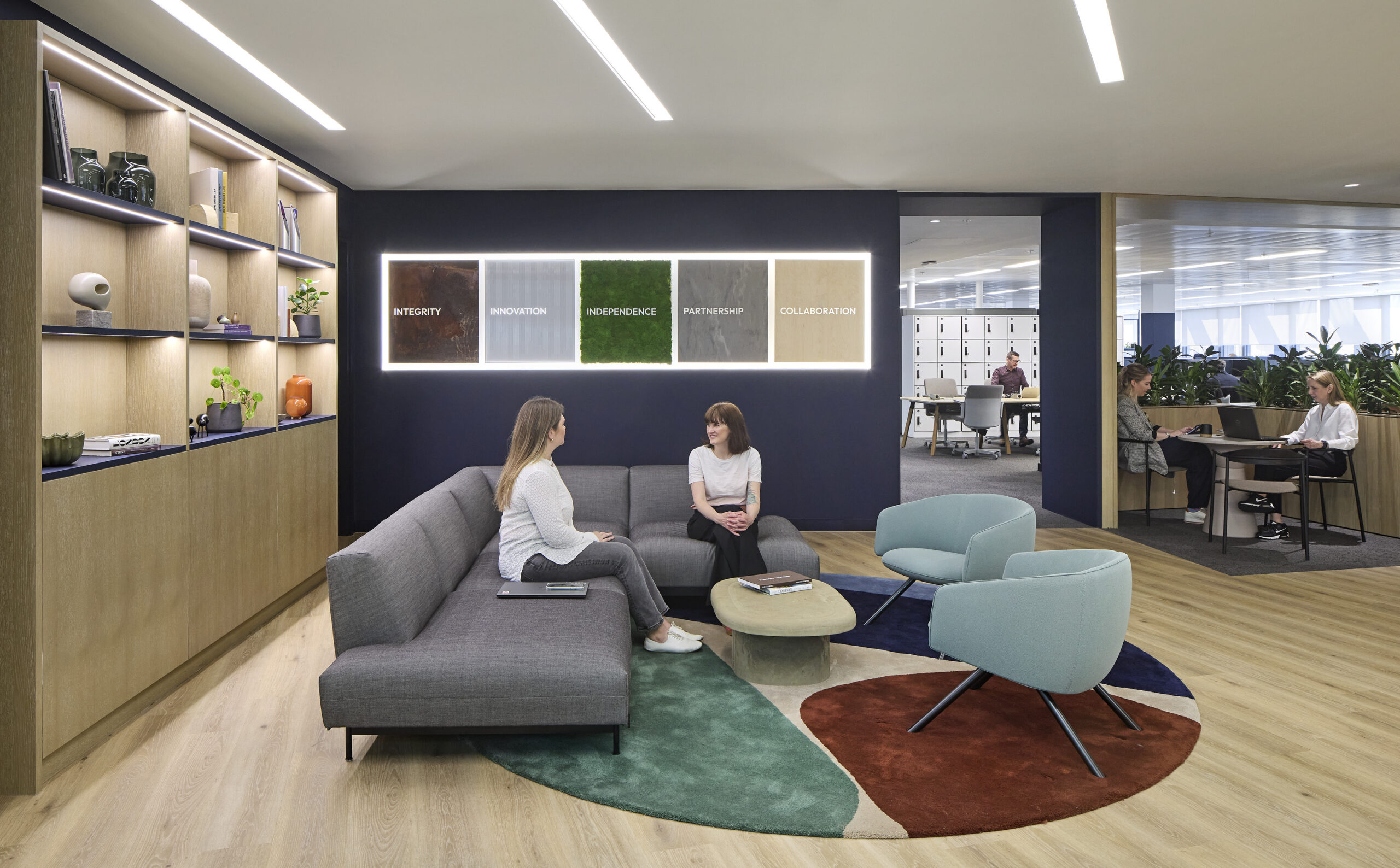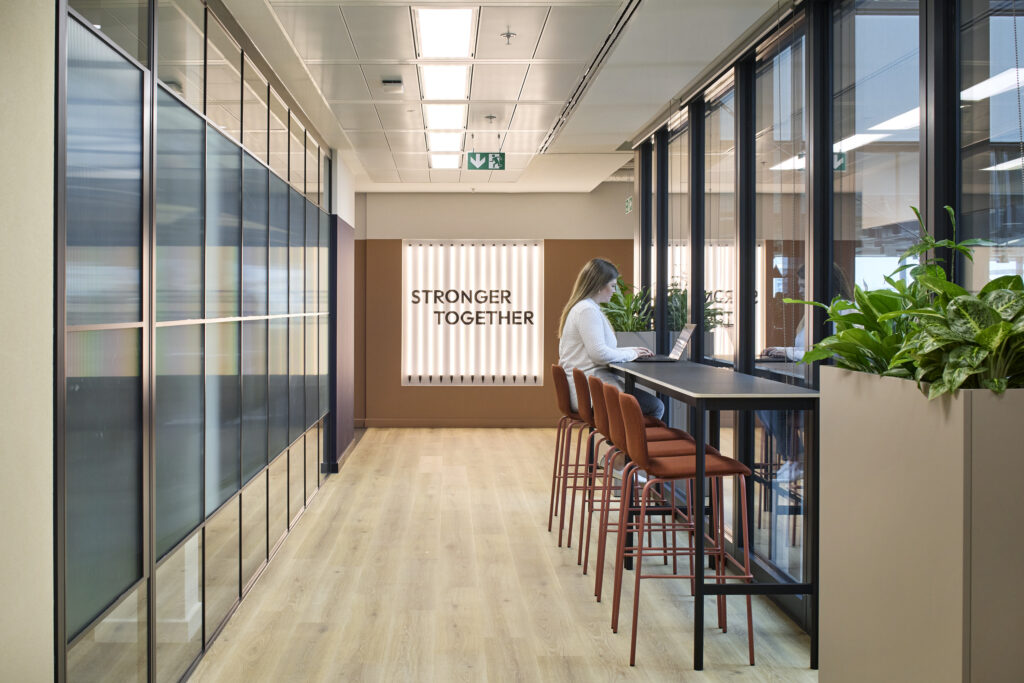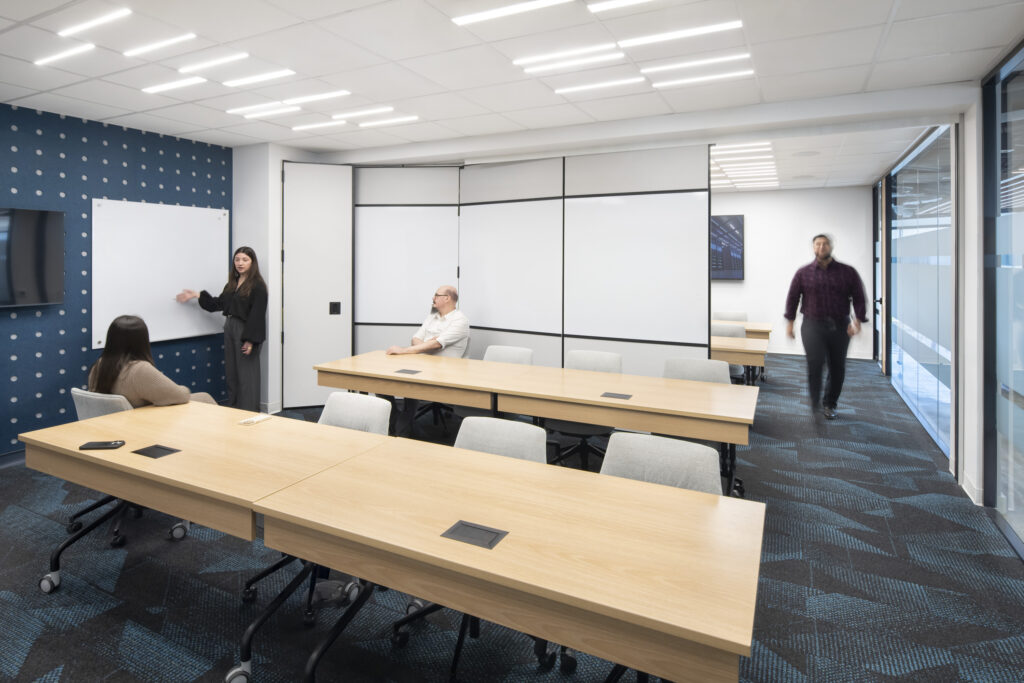Insight
How to Design a Building That Reflects Your Company’s Culture

The environment surrounding us as we work can have a large impact in shaping how we behave, interact, and feel. When a space reflects a company’s culture, it reinforces values, supports daily routines, and strengthens identity. Although the connection between culture and environment is not always visible, it is always present.
Designing with culture in mind starts with asking the right questions. What does the company stand for? How do people work? What kind of experience should the space create?
Start with the Core Values
Every company has a set of beliefs that guide its work. Depending on the company, they may prioritize different goals such as collaboration, innovation, care for detail, or speed of delivery. The design of an office can reflect these values through layout, materials, lighting, and shared spaces.
For example, a company that values openness may choose fewer walls, more glass, and shared zones that support casual conversation. A company that prioritizes focus may offer quiet areas, fewer distractions, and clear circulation.
Understand How People Work
Culture is shaped by daily habits. Some teams move around often, while others stay at their desks. Some rely on large meetings, while others work best in small groups. The design should reflect how people use the space rather than how it looks in a diagram. Observing work patterns and listening to users helps inform these decisions. The goal is to create a space that feels natural to the way people already operate, or how they would like to work in the future.
Use Space to Tell a Story
Buildings express ideas through the choice of materials, the scale of spaces, and the way people move through them. For example, a company that works with technology might use digital displays, modular furniture, or integrated systems to express that identity while a company with a long history might include details that reflect its legacy or local roots. These choices can be subtle or direct. What matters is more is that they are intentional and consistent with the company’s voice.
Design for Growth and Change
Culture evolves and as teams grow or shift, the space must adapt. Flexibility in layout, infrastructure, and shared areas allows the environment to change without losing its character. A culture-based design does not lock a company into one way of working. Instead, it gives people the tools and settings that support who they are as well as who they are becoming.
Cloud Computing Company, Livingston, NJ
Building with Meaning
When an office reflects company culture, it does more than support work. It creates connection. It helps people understand what the organization values and how they fit into that story. Design becomes a tool to express identity and build alignment — one space at a time.




